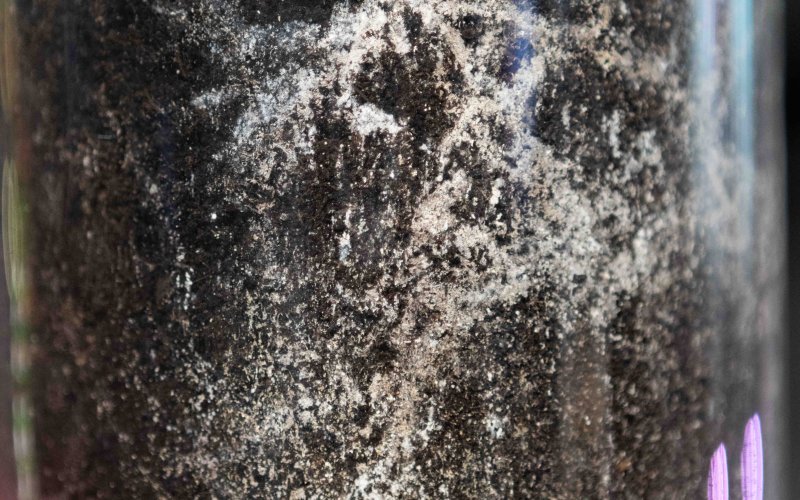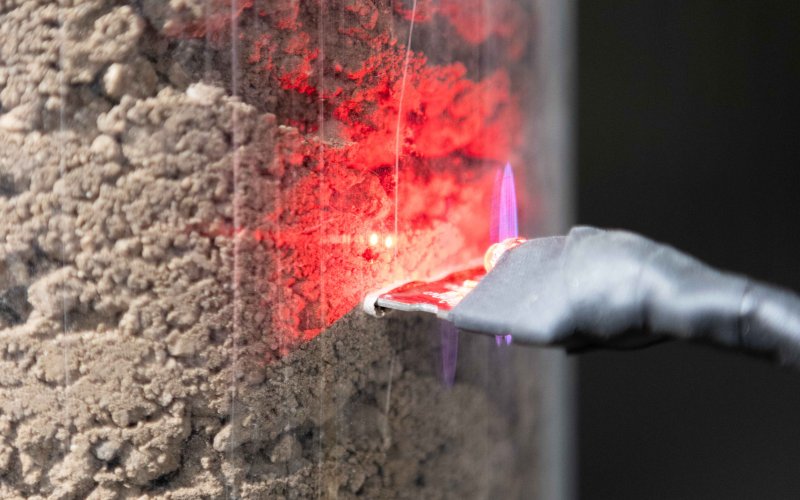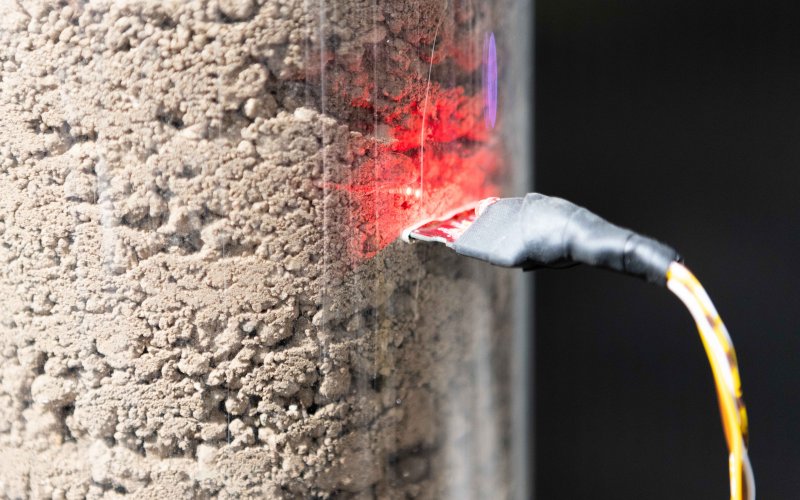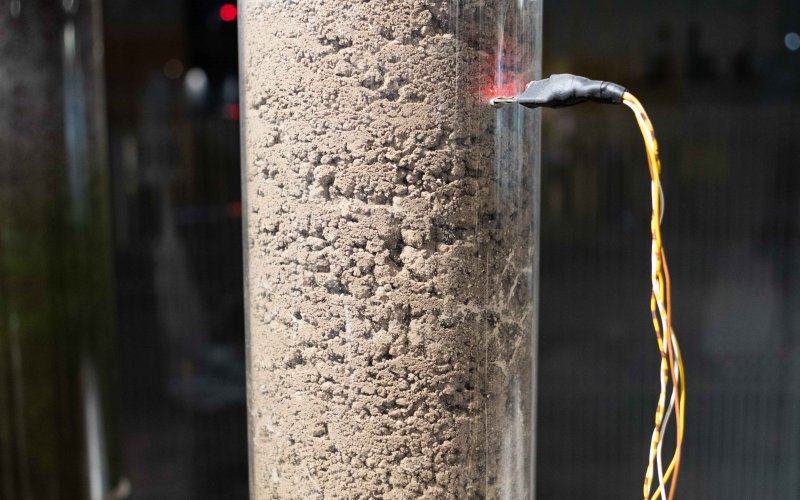SOIL CHOIR

The ability of abstract sounds to convey information is being intensively researched for scientific, navigational, and artistic purposes. In sound art and the contemporary music scene, sonification is used as an alternative composition technique or as an artistic means of assigning special meaning to sounds or a work of art in general. The sound installation Soil choir v.1.3 sonifies soil moisture at various depths as a reference for actual droughts resulting from climate change and transforms this non-musical phenomenon into organized sound structures.
The system of the Soil choir v.1.3 installation is based on the Bela2 platform and a user-defined Supercollider code. Each of the three objects—each a compact, independent unit—contains different types of soil. Each unit contains different types of soil (peat, mixed forest, clay with stones) and uses three capacitive moisture sensors placed at depths of 5 cm, 50 cm, and 80 cm to measure moisture. The electronics are partially hidden under the transparent Plexiglas tube filled with soil. (Scientifically accurate moisture measurements are relatively difficult to achieve with inexpensive sensors. Measurement errors were minimized primarily by reducing the air gaps between the soil and the capacitive sensors.) Red LED lights indicate the values measured in each case. The speakers are directed downward.
The speakers are directed downward so that the sound is projected onto the floor and reflected back to the listeners.
The sonification of the data is based on a Supercollider code in which the extremely slow data input was taken into account with regard to an aesthetic listening experience. The result is a polytemporal rhythmic structure that develops slowly and generates pulse shifts during longer listening phases.
As a functional interface between art and science, Soil choir v.1.3 conveys a current environmental issue. The work gives a voice to normally silent processes that take place in large-scale time-space formats; it tests the limits of our attention, patience, and willingness to perceive extremely slow reactions. Although the musical time of the installation is set to an almost non-human, ecological time scale (changes take place within hours, days, weeks, or even months), this system could also be explored as an instrument and even played (by adding liquid).
Jiří Suchánek is currently searching for a suitable location for the permanent installation (v. 1.4). To this end, a few changes need to be made—in particular, the precise placement of the sensors and IP65 protection for the electronics so that they can withstand a public installation.





